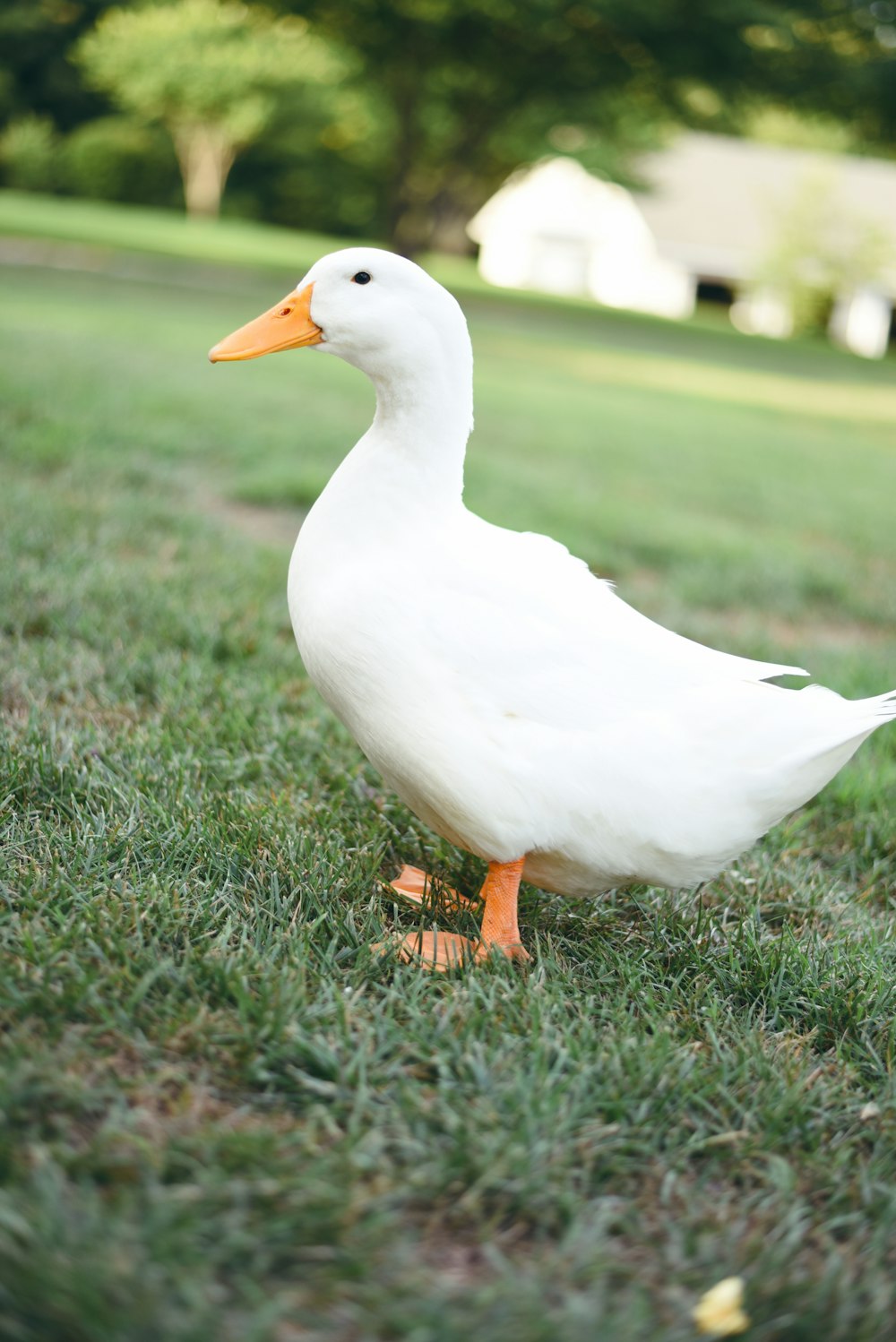
I attended the funeral of a friend and former colleague today. A man younger than me.
I learned of his death while driving home from a Florida vacation. I didn’t know he’d been sick, as he was a private man. As his son said in eulogy, “My dad was the most private public person in the world.”
The somber, intimate public gathering of persons who want to see and support the surviving family and who want to hear good things spoken of their deceased friend is a valuable human ritual. Loved ones recount memories and sometimes reveal things previously unknown.
Careful speakers offer subtle lines to confirm suspicions while lauding the deceased with praise most discerning supporters take with an appreciative grain of salt.
I’m glad I attended the funeral several years ago of a former boss, who was the most difficult human I’ve ever worked with. It was healing for me to hear good things spoken of her, to hear friends recite positive qualities well disguised in our days together.
I delivered eulogies for both my parents. Some of my observations were meant specifically to comfort some quietly sobbing friend. Other words were to lighten the somber atmosphere.
My mother, who died at 64, was a very private, reserved person, not given to bawdy humor, even when the men around her were cutting up. The first night I brought my new bride to visit in the home, I found an apple on the bedside table. The next morning, I asked mom about the apple.
“That was a contraceptive,” she said. Immediately I thought of several ways that might work, none of which I voiced to mom. Instead, I asked, “Was I supposed to eat it before…or after?”
“You were supposed to eat it…instead,” she said, laughing. Those at her funeral laughed, too, at the telling.
My grandma was proud of the large attendance at grandpa’s funeral. She surmised that she didn’t loom as large in the minds of neighbors, community and family as he did, and she bemoaned that her funeral would be much smaller. “If it snows, nobody will be there,” she speculated.
If you want a large funeral, die young.
Part of my father’s lament toward the end of his 86 years was that all his friends had died. He was tired of attending funerals of his buddies, each of which left him lonelier.
I listened with great respect as the first born son of my friend delivered an insightful, humorous, sad and intimate portrait of his father. I knew this boy when he was just a kid and now he’s a man with gray hair at his temples. And I realized his relationship and age relative to his father, is the same as my oldest son to me.
And I imagined my son standing in front of my surviving friends one day. But I could not imagine what he will say.
I eulogized my father 21 years after my mother. Many of the same faces peered up at me. Many were absent, long gone to their own reward. And I realized the value of the ritual, the support those faces and kind words offered, the life they’d shared with my mother and father – experiences they recounted to fill my own my memory portfolio.
In his song “Standing Room Only,” Tim McGraw talks about this end of life ritual and encourages us to “Be somebody that’s worth rememberin’, to live a life so when we die “there’s standing room only,” at our funeral.
Since I’ll be laying down, or my ashes will already have been blown away by a strong wind, I’m not concerned about standing room. But when my children and friends go to rememberin’, I hope a smile crosses their faces.











